Shangri-La Shougang Park: industrial building turned fantastical hotel
Lissoni & Partners has designed Shangri-La Shougang Park, a new hotel in Beijing that reimagines industrial architecture for the hospitality world
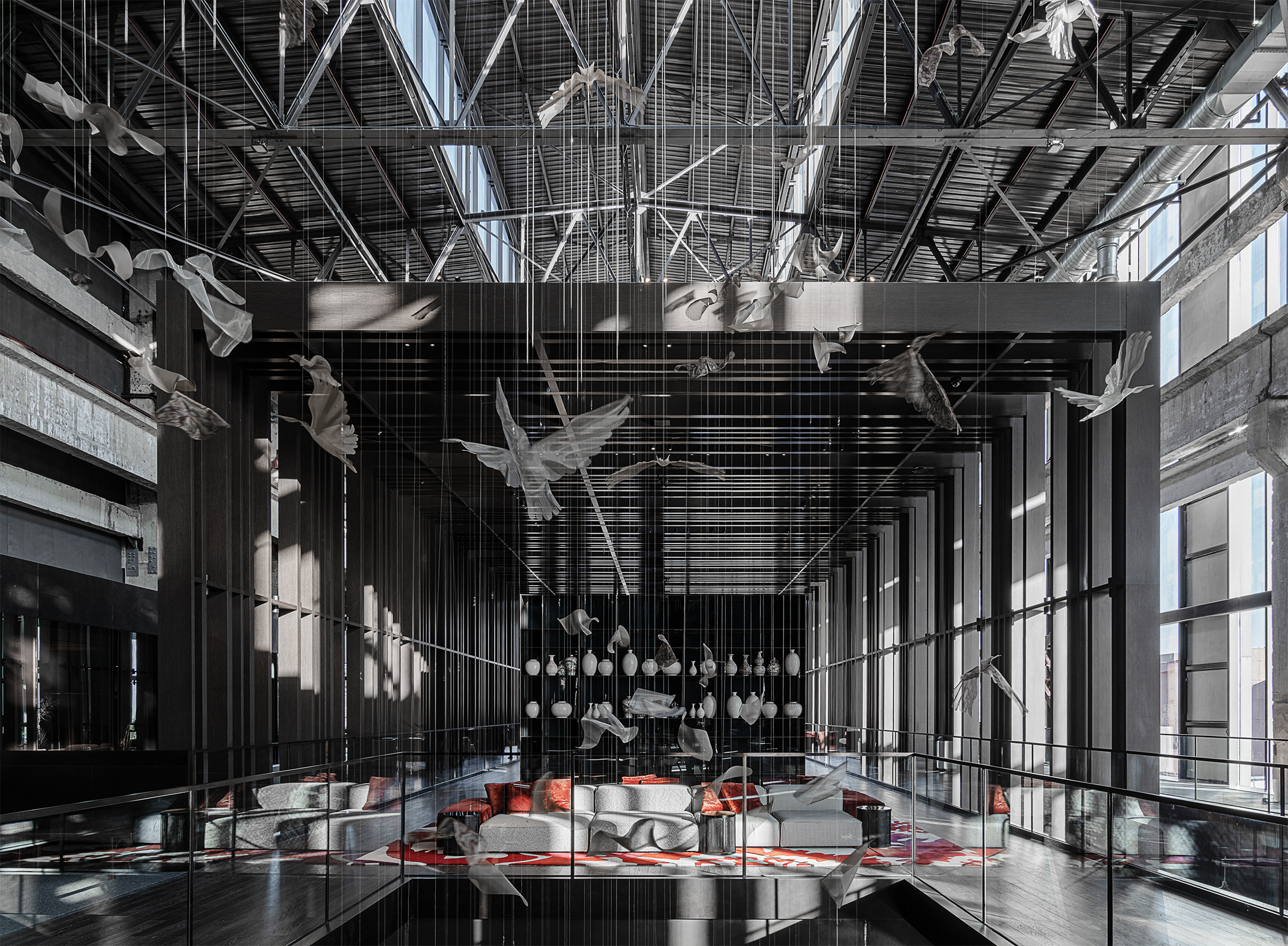
Tsing Lim - Photography
Located some 20km from the historical site of the Forbidden City, Shangri-La Shougang Park was inaugurated just as the recent 2022 Winter Olympics in Beijing kicked off. Impressively designed by Milan-based architecture studio Lissoni & Partners and in particular the firm's Lissoni Casal Ribeiro department that focuses on masterplans, architecture and landscape design, the new hotel offers a refreshing take on Beijing architecture, constructed within the remnants of an abandoned 20th-century industrial building, taking advantage of the reimagined urban landscapes and industrial ruins created by China’s economic reforms of the 1990s.
Bridging eras, the five-star hotel is composed of a mix of the site’s existing industrial architecture components and new additions that, the architects explain, form ‘a series of interconnected structures’. These are broadly divided into two areas: the Main Building, which takes on the more social and communal roles of the hotel, and the Guestroom Building, which houses its 282 rooms.
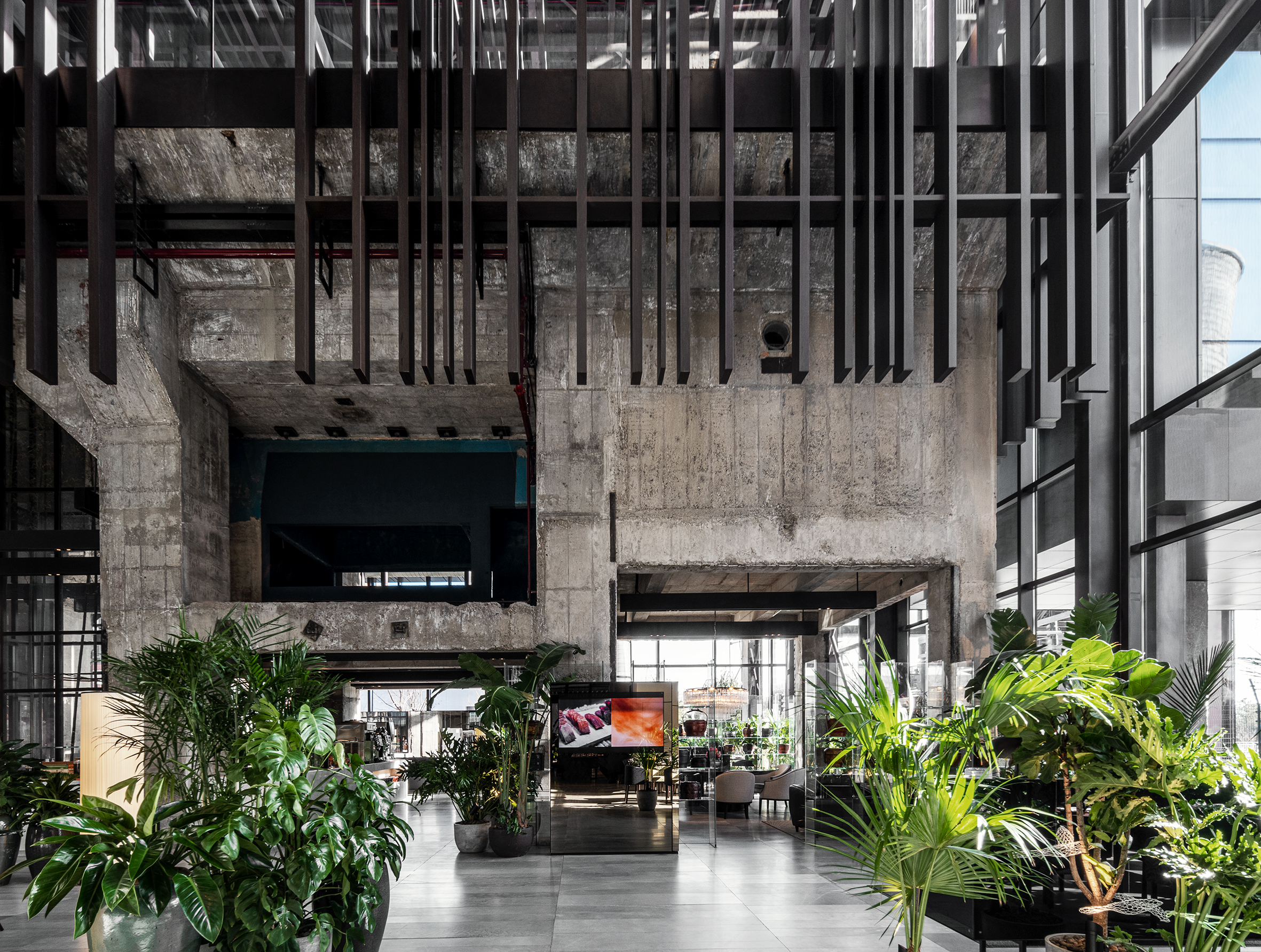
The Main Building is enveloped in an elaborate glass façade that acts as a ‘transparent skin’. It wraps around the original industrial components, such as concrete walls and steel roof trusses, which are left exposed in all their utilitarian glory. This juxtaposition of old and new materials is highlighted by a significant green element, ‘almost as if nature is seeking to take possession of these once-abandoned buildings,’ the team notes. The plants both illuminate and help regulate the internal climate with their presence.
Lissoni & Partners worked with the existing industrial scale and arranged the layout across two floors in the Main Building, taking advantage of its striking internal height of 20m. As a result, the ground level contains a large sheltered square, filled with bars and restaurants that spill into the outside and encourage visitors in. On the other hand, a second floor features the hotel reception and an extended lounge area crafted within a bespoke wooden structure described by the architects as an intimate ‘nest’. In contrast, a wellness area, which includes a pool and a gym, is wrapped in glazing and nestled separately within the industrial structure.
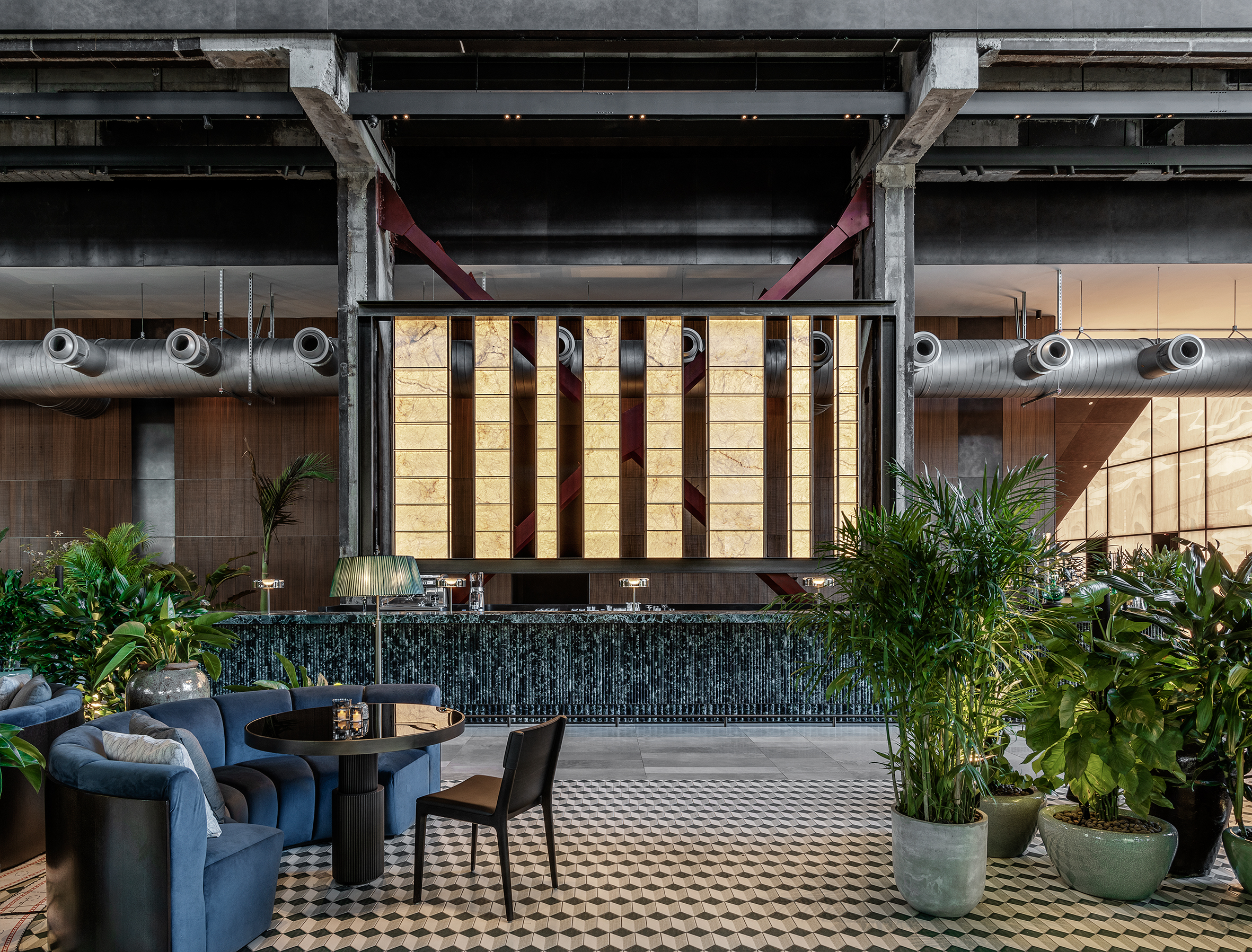
A new-build extension to the Main Building creates a dedicated, multipurpose event space. Here, intricately crafted black ceramic bricks clad the façade, making this part of the complex stand out against the nearby glass exterior wall and the smaller volumes of the Guestroom Building.
Here too, industrial elements, such as the large ventilation pipes, are exposed throughout as part of the architects’ conceptual referencing of the building's history and context.
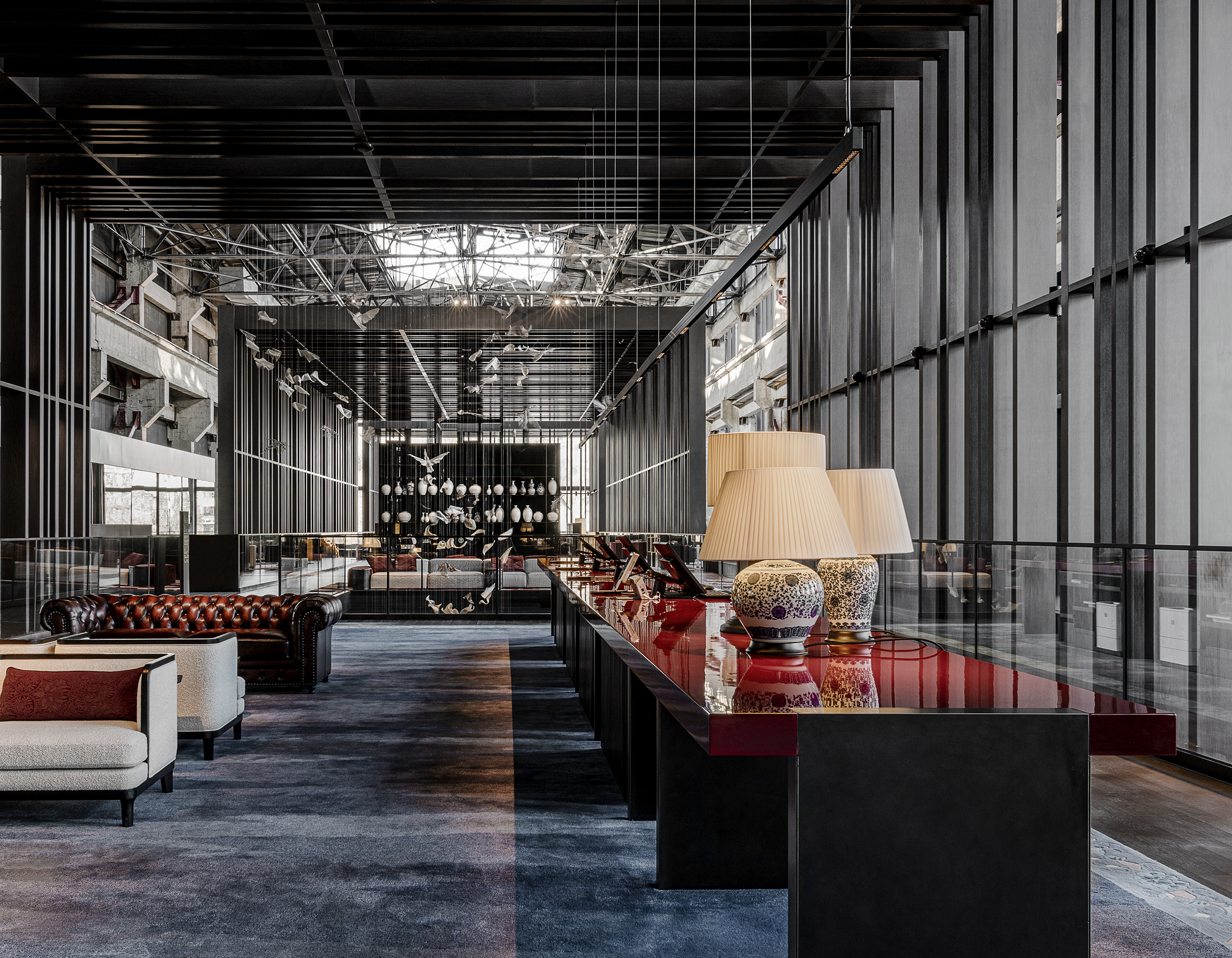
An elevated bridge connects the Main and Guestroom hubs. Juxtaposing the industrial imagery of the Main Building, the architects created a softer atmosphere in the bedroom areas, both through the overall scale (the volumes are more compact and feature smaller, vertical openings), and through subtler visual references to the site's former life.
Wallpaper* Newsletter
Receive our daily digest of inspiration, escapism and design stories from around the world direct to your inbox.
The façade is made of brickwork and sustainable materials for optimal thermal and ventilation performance. Muted tones and ornaments referencing local tradition adorn the rooms.
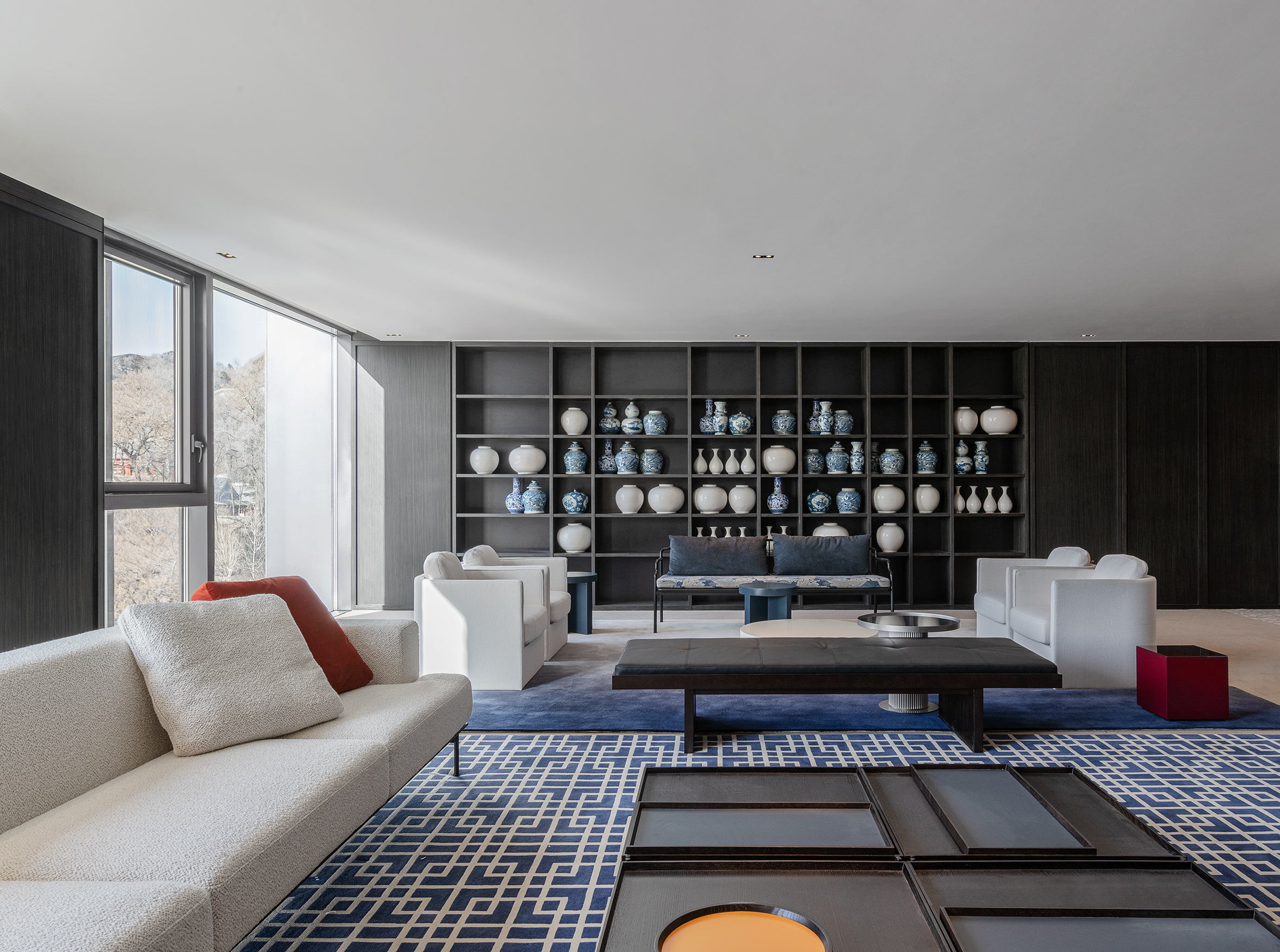
Lissoni & Partners explains its overall approach: ‘To give balance and proportion to the structure, the façade is visually divided into three different horizontal layers: the ground floor with terraces and cantilevering canopies that detach the building from the ground giving it an air of lightness; a second and more compact layer; and finally a large canopy that floats above the roof, sheltering it from direct sunlight and concealing the MEP [mechanical, electrical and plumbing] areas.’
Traditional craftmanship and local culture are ever-present at Shangri-La Shougang Park, through bespoke furnishings and contemporary Chinese art. Installations drawing on the site's industrial past are displayed across the building, carefully selected by Lissoni & Partners and Hong Kong art consultants Debut Studio.
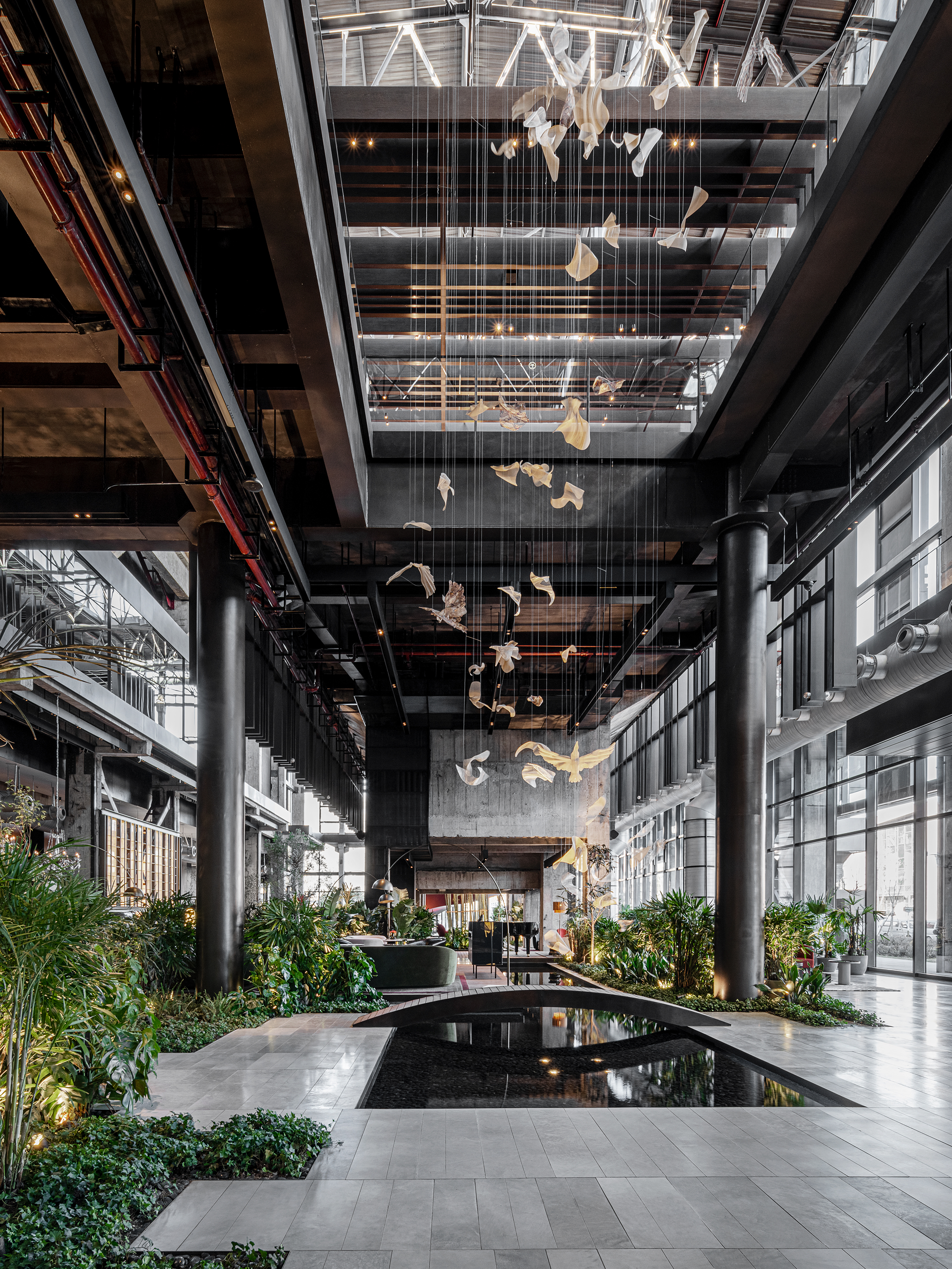
On the whole, Shangri-La Shougang Park brings together seamlessly the old and the new, carefully layered and thoroughly reimagined. The story of the building conjures the fantastical with its weaving of eras, materials, proportions and functions, which all come together to create a vessel of the future.
Lissoni & Partners builds upon careful design gestures that work with a historical architectural ruin, nodding, perhaps, to the way the great, late Spanish architect Ricardo Bofill composed his famed Cement Factory – an architecture that is not about concealment, but rather a celebration of a repurposed industrial building.
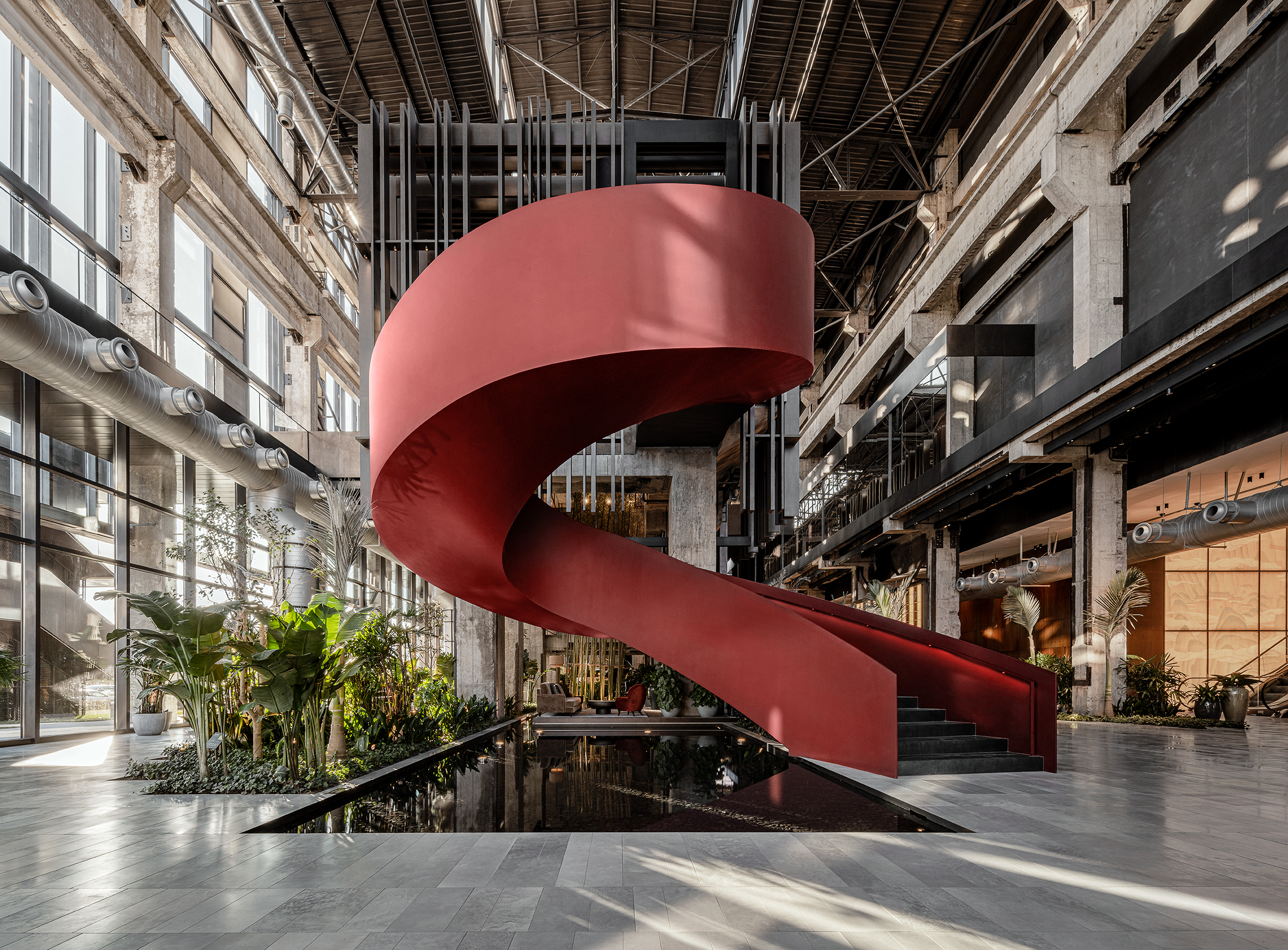
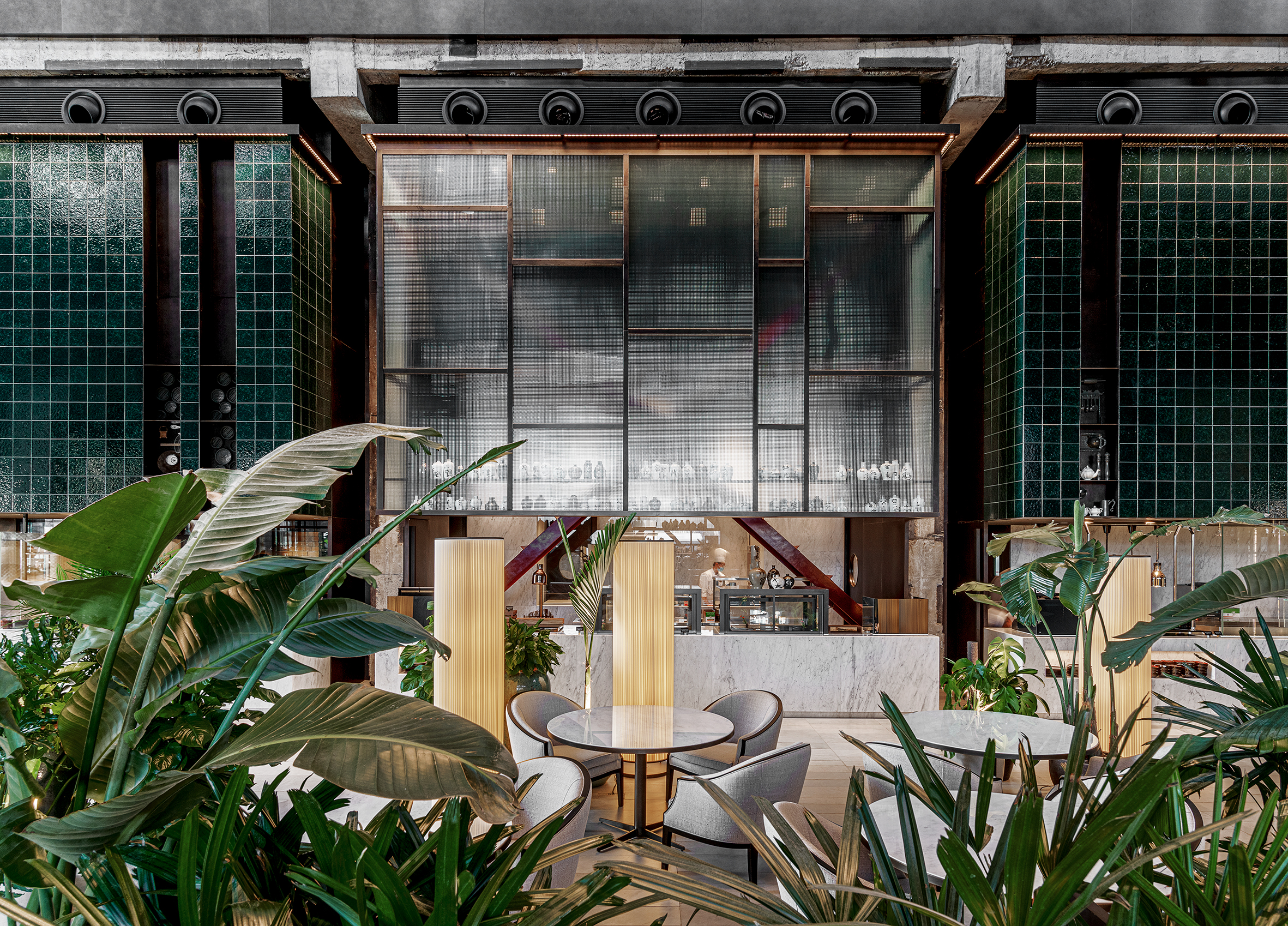
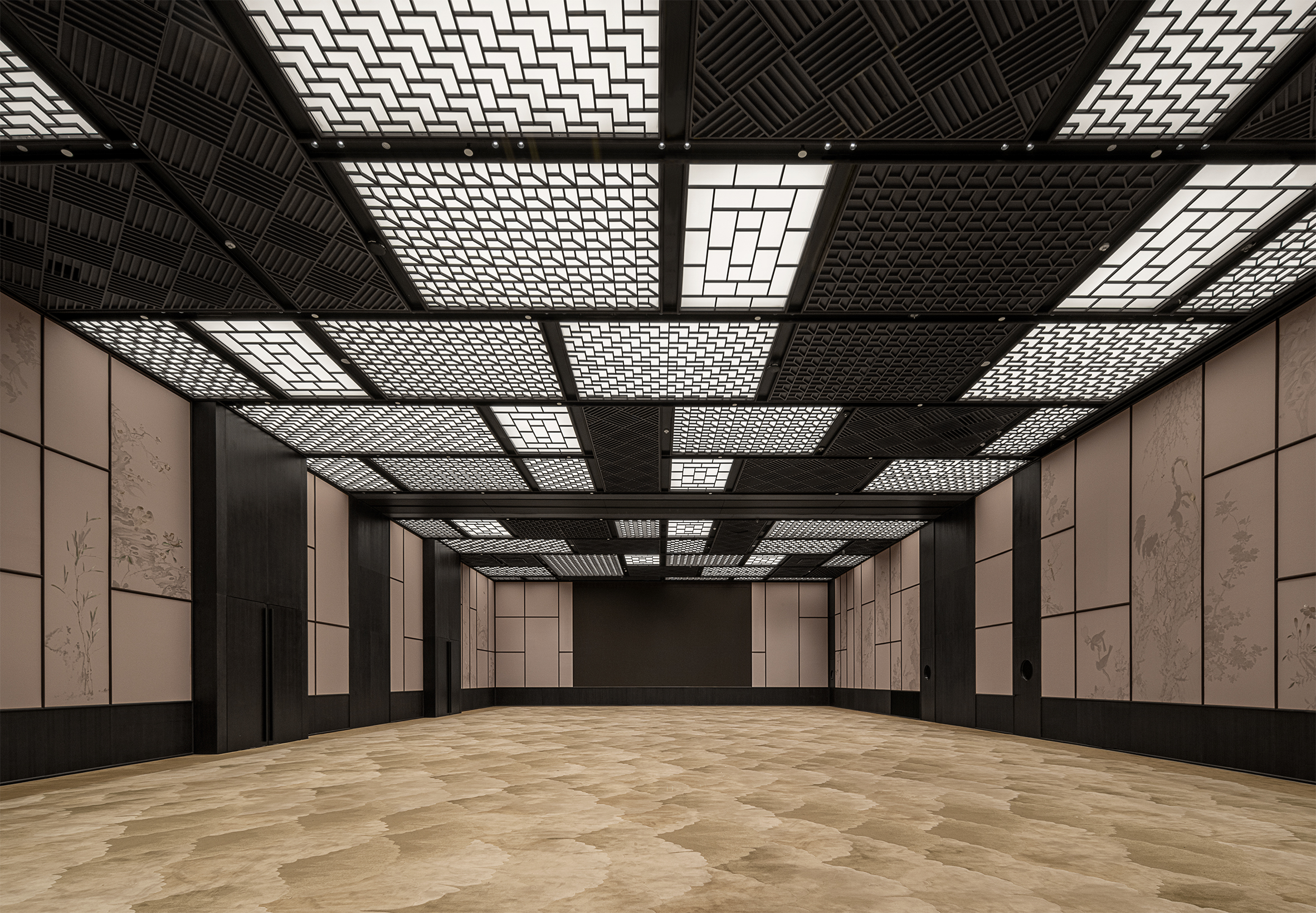
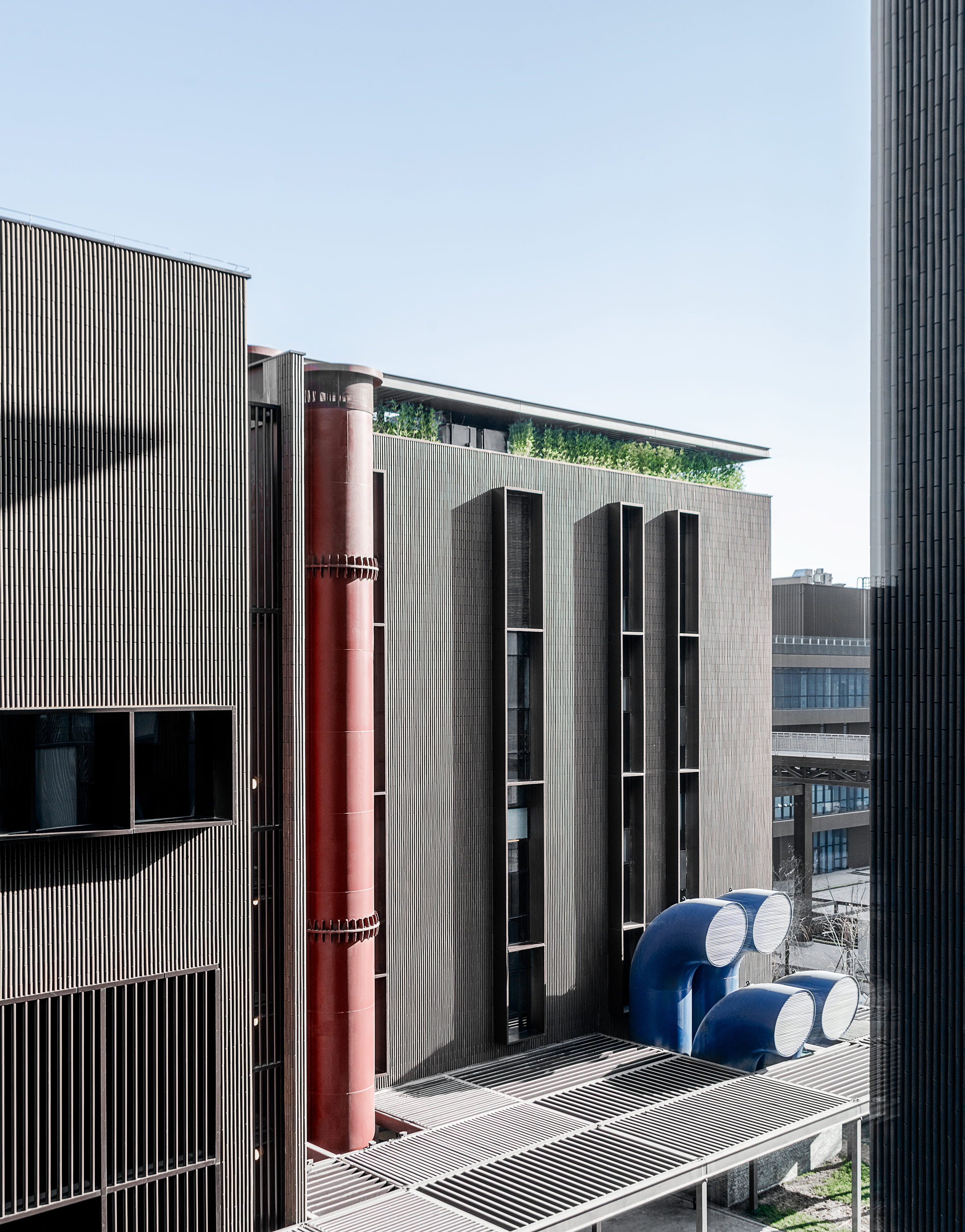
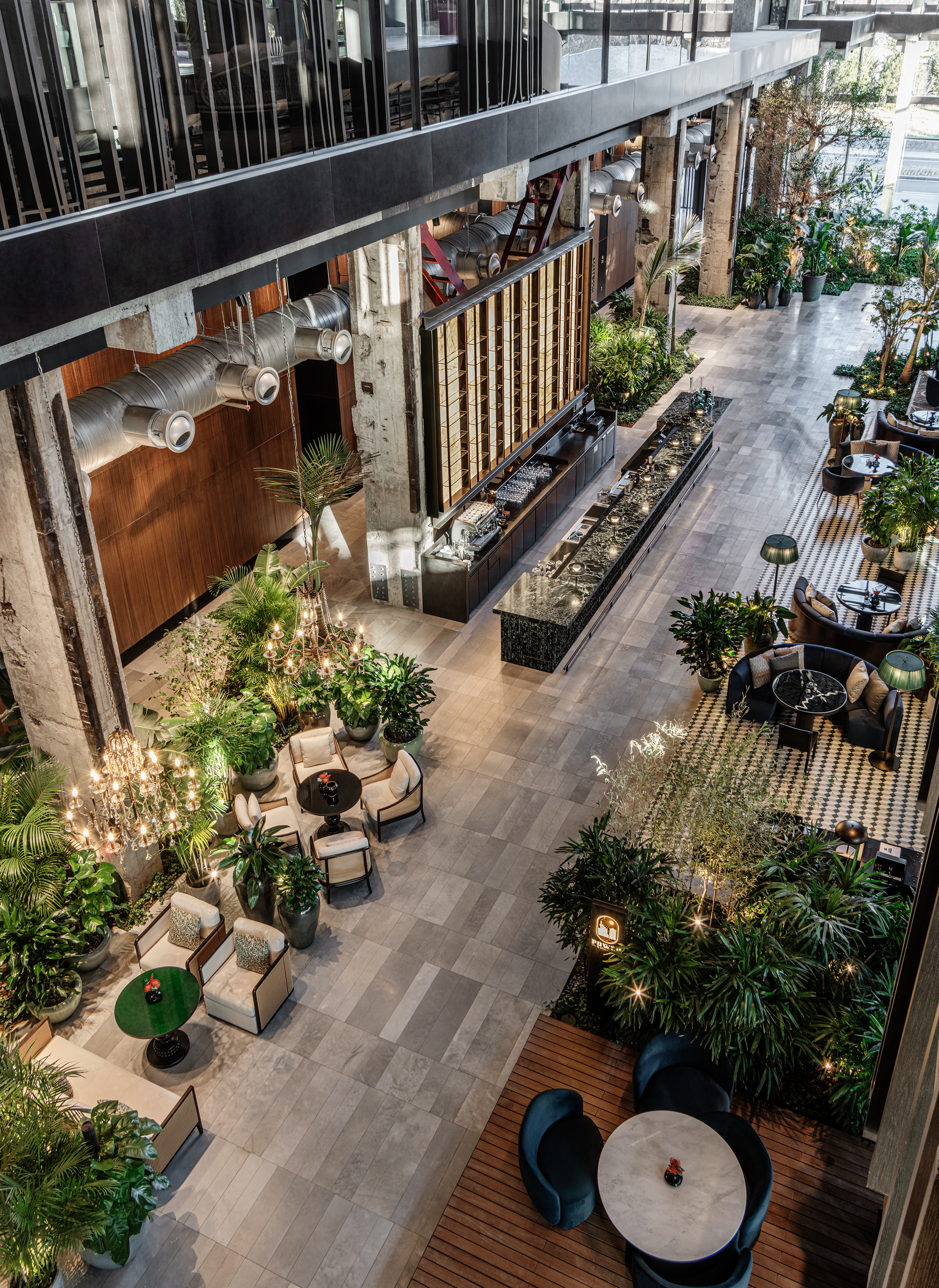
INFORMATION
-
 Put these emerging artists on your radar
Put these emerging artists on your radarThis crop of six new talents is poised to shake up the art world. Get to know them now
By Tianna Williams
-
 Dining at Pyrá feels like a Mediterranean kiss on both cheeks
Dining at Pyrá feels like a Mediterranean kiss on both cheeksDesigned by House of Dré, this Lonsdale Road addition dishes up an enticing fusion of Greek and Spanish cooking
By Sofia de la Cruz
-
 Creased, crumpled: S/S 2025 menswear is about clothes that have ‘lived a life’
Creased, crumpled: S/S 2025 menswear is about clothes that have ‘lived a life’The S/S 2025 menswear collections see designers embrace the creased and the crumpled, conjuring a mood of laidback languor that ran through the season – captured here by photographer Steve Harnacke and stylist Nicola Neri for Wallpaper*
By Jack Moss
-
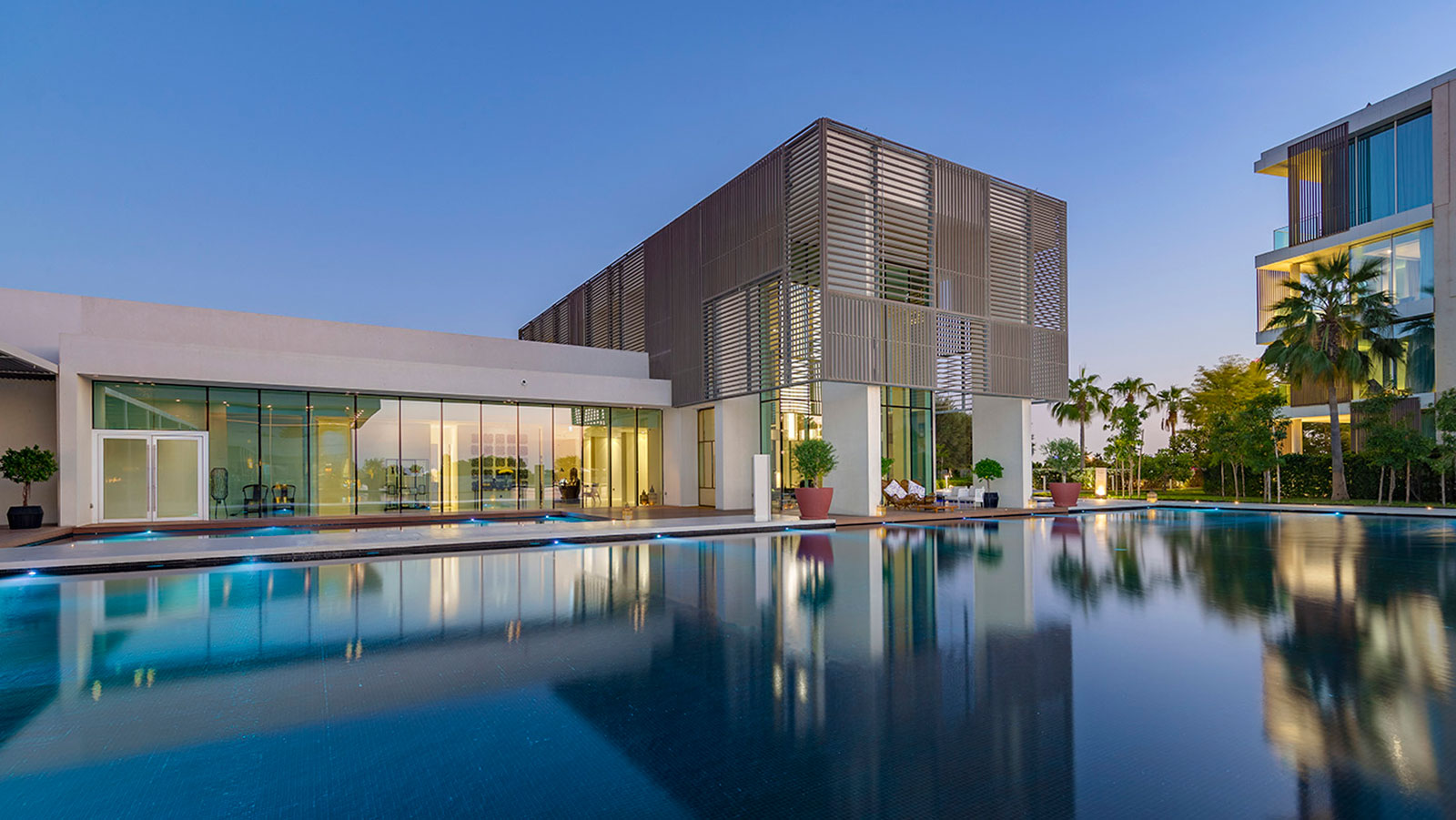 Oberoi Beach Resort, Al-Zorah by Piero Lissoni is an understated UAE gem
Oberoi Beach Resort, Al-Zorah by Piero Lissoni is an understated UAE gemThe Oberoi Beach Resort, Al-Zorah by Piero Lissoni offers beach breaks and contemporary design in the UAE
By Daven Wu
-
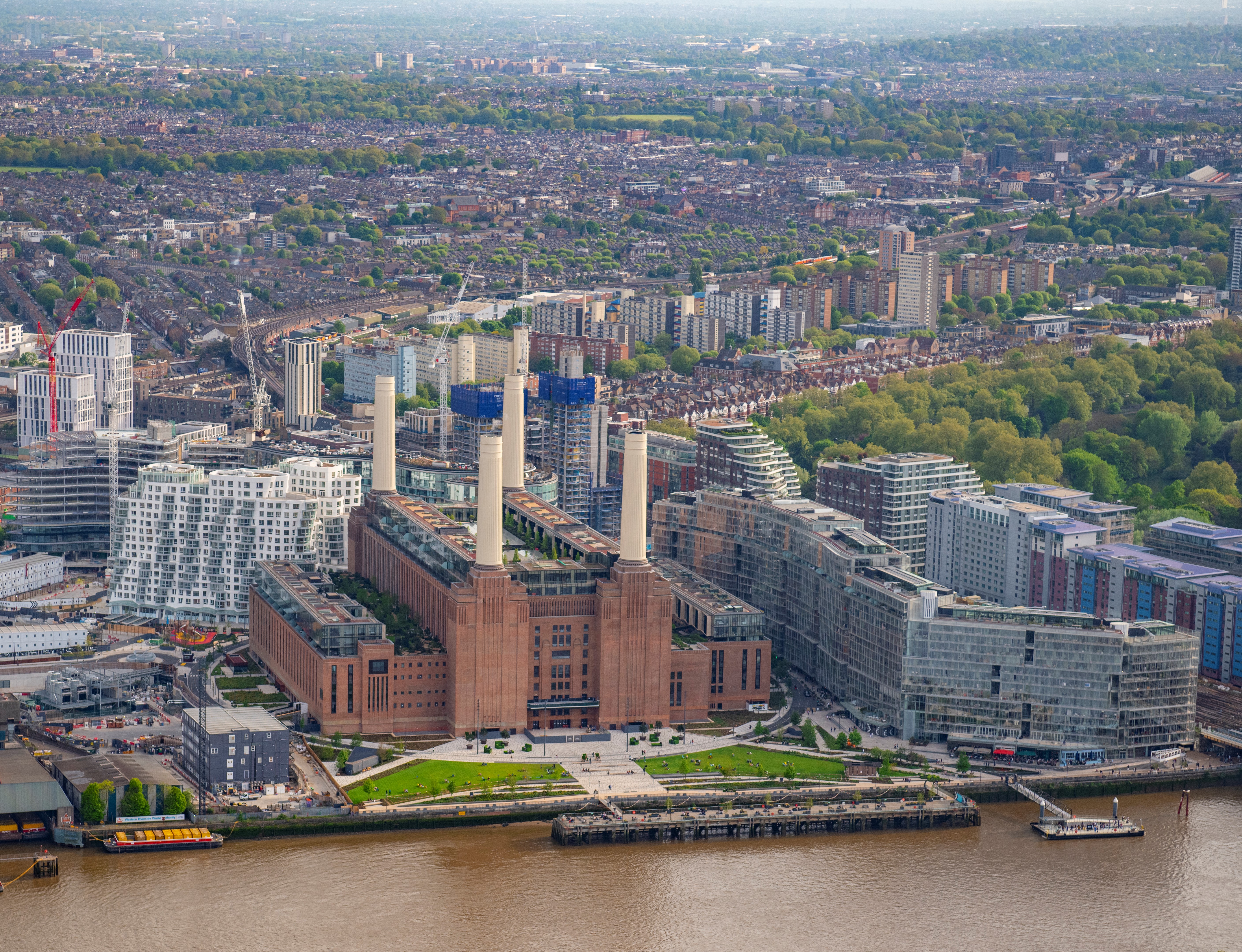 Battersea Power Station redesign heralds new era for London landmark
Battersea Power Station redesign heralds new era for London landmarkWe tour the freshly redesigned Battersea Power Station, a legendary piece of London architecture and its growing, new urban hub
By Ellie Stathaki
-
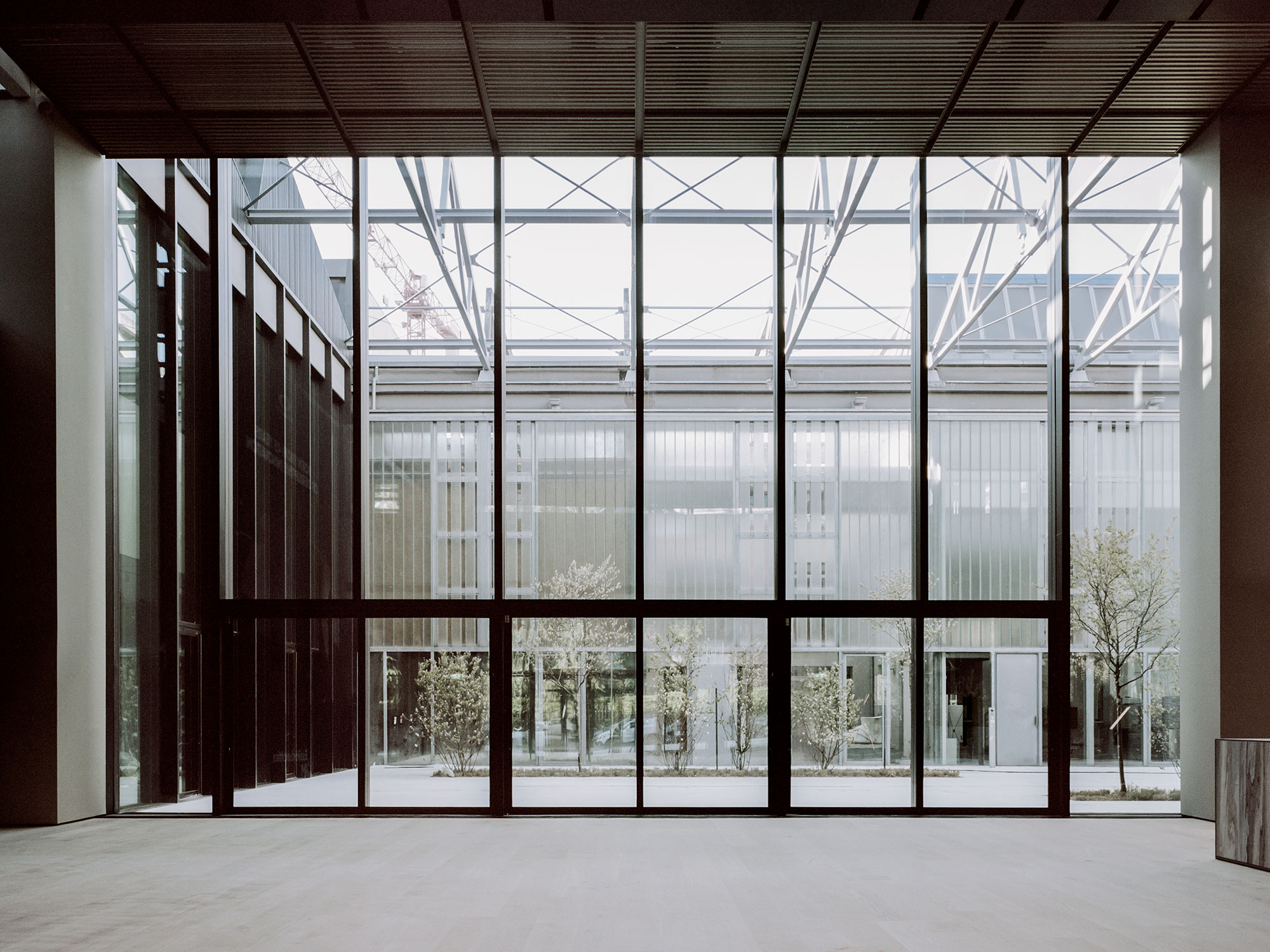 Minimalism and transparency rule at Luxottica’s Digital Factory in Milan
Minimalism and transparency rule at Luxottica’s Digital Factory in MilanLuxottica's Digital Factory by Milan-based architects Park Associati is the latest addition to the city's via Tortona neighbourhood
By Ellie Stathaki
-
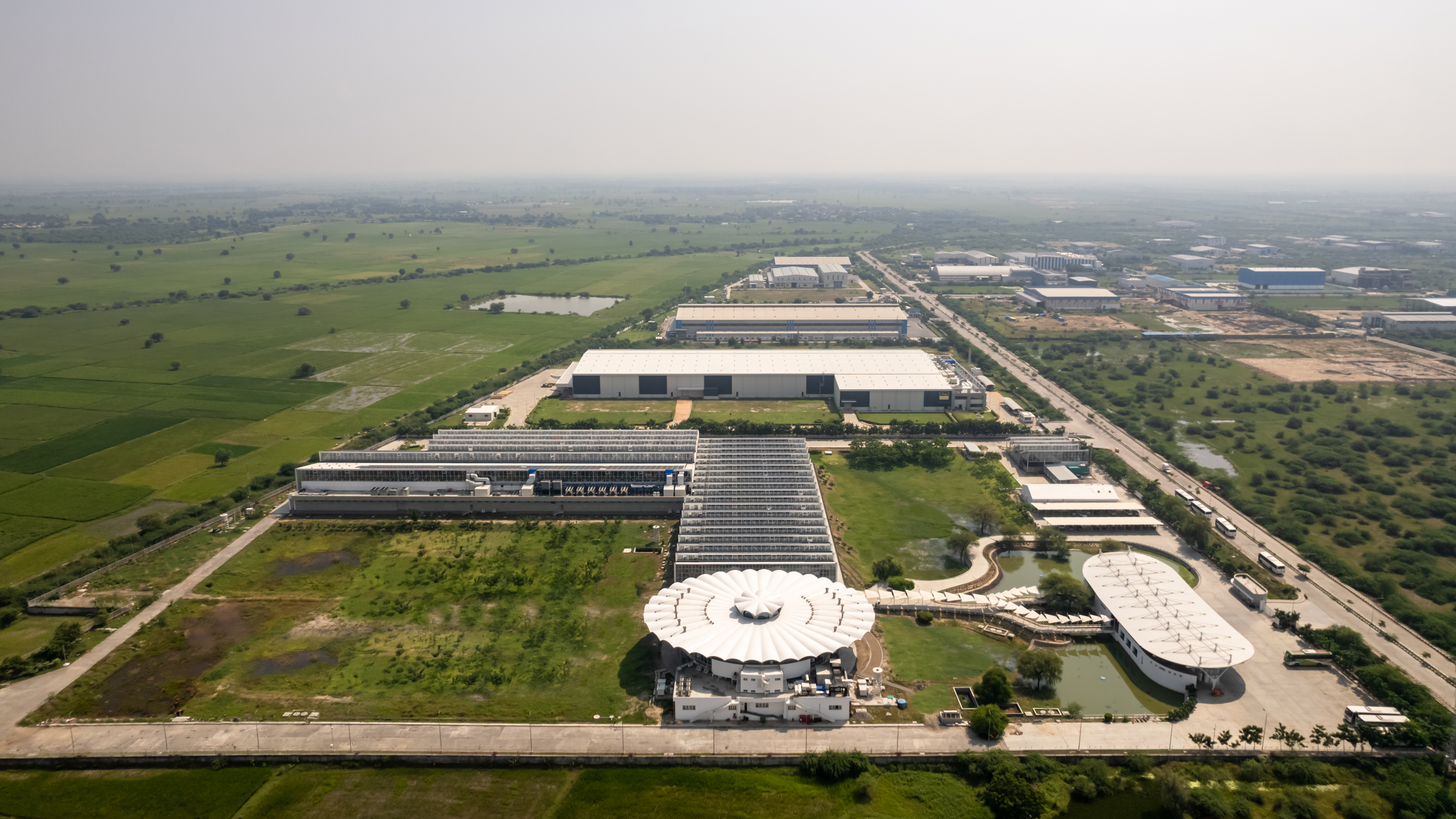 Studio Saar’s modern industrial facility in India reimagines factory architecture
Studio Saar’s modern industrial facility in India reimagines factory architectureThe new Secure factory in Sanand by Studio Saar brings industrial architecture to the 21st century
By Ellie Stathaki
-
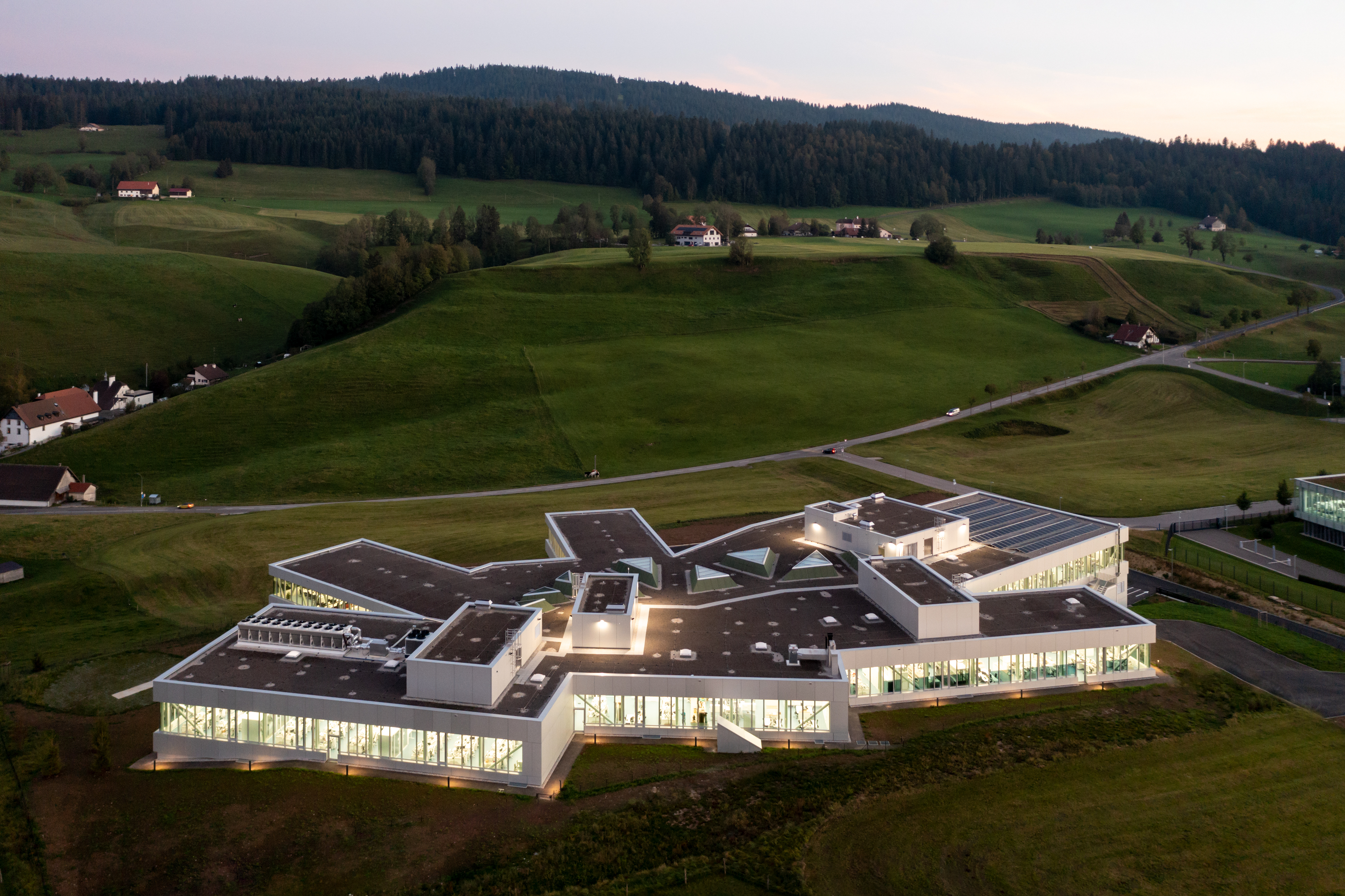 Audemars Piguet factory completes in the Jura mountains
Audemars Piguet factory completes in the Jura mountainsKuník de Morsier architects is behind the brand new addition to the Audemars Piguet headquarters complex in Switzerland, the Manufacture des Saignoles
By Ellie Stathaki
-
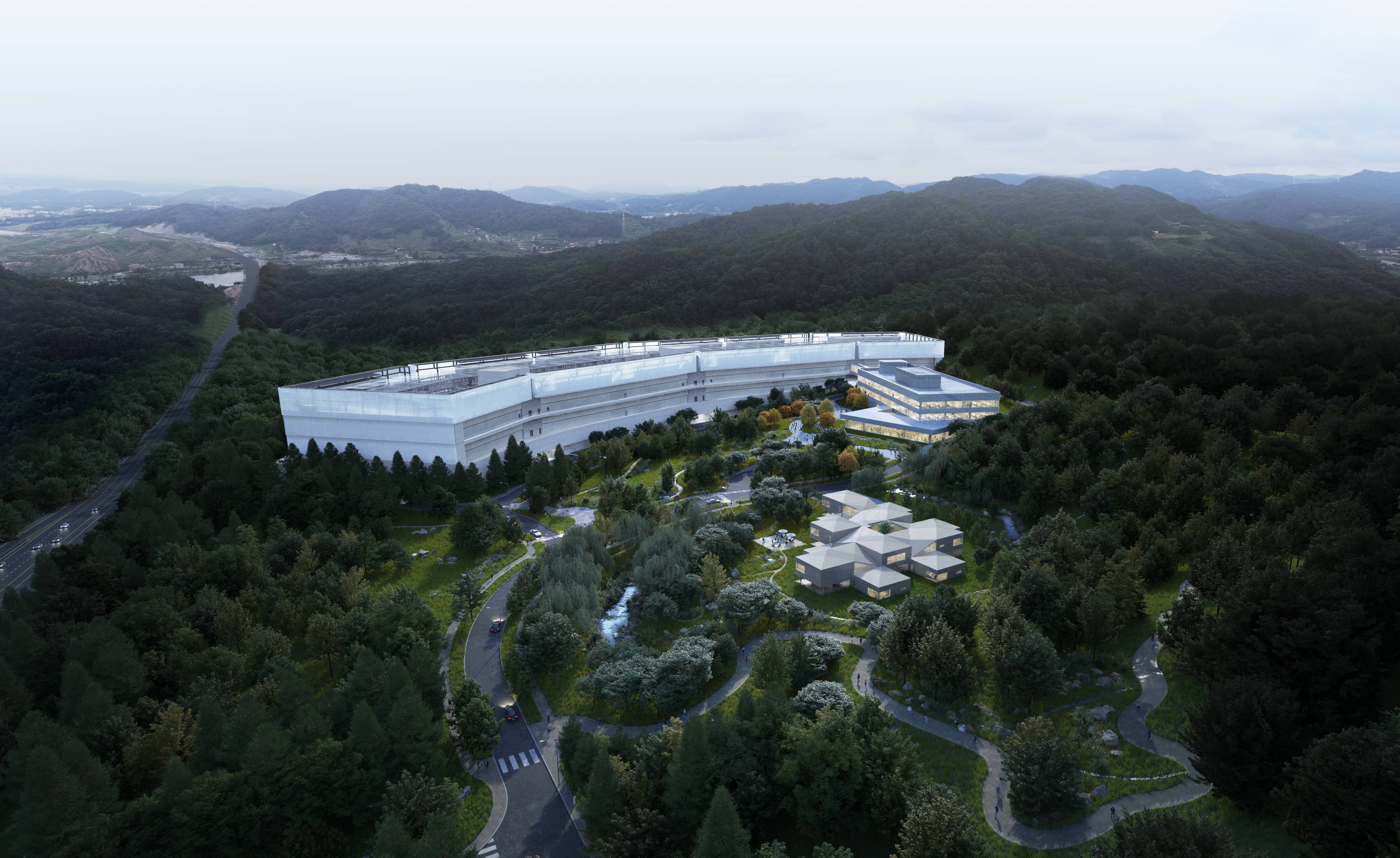 Data centre architecture and innovation explored in London exhibition
Data centre architecture and innovation explored in London exhibition‘Power House: the architecture of data centres’ is a new London exhibition exploring the design of these often overlooked, but increasingly commonplace infrastructure buildings
By Jonathan Bell
-
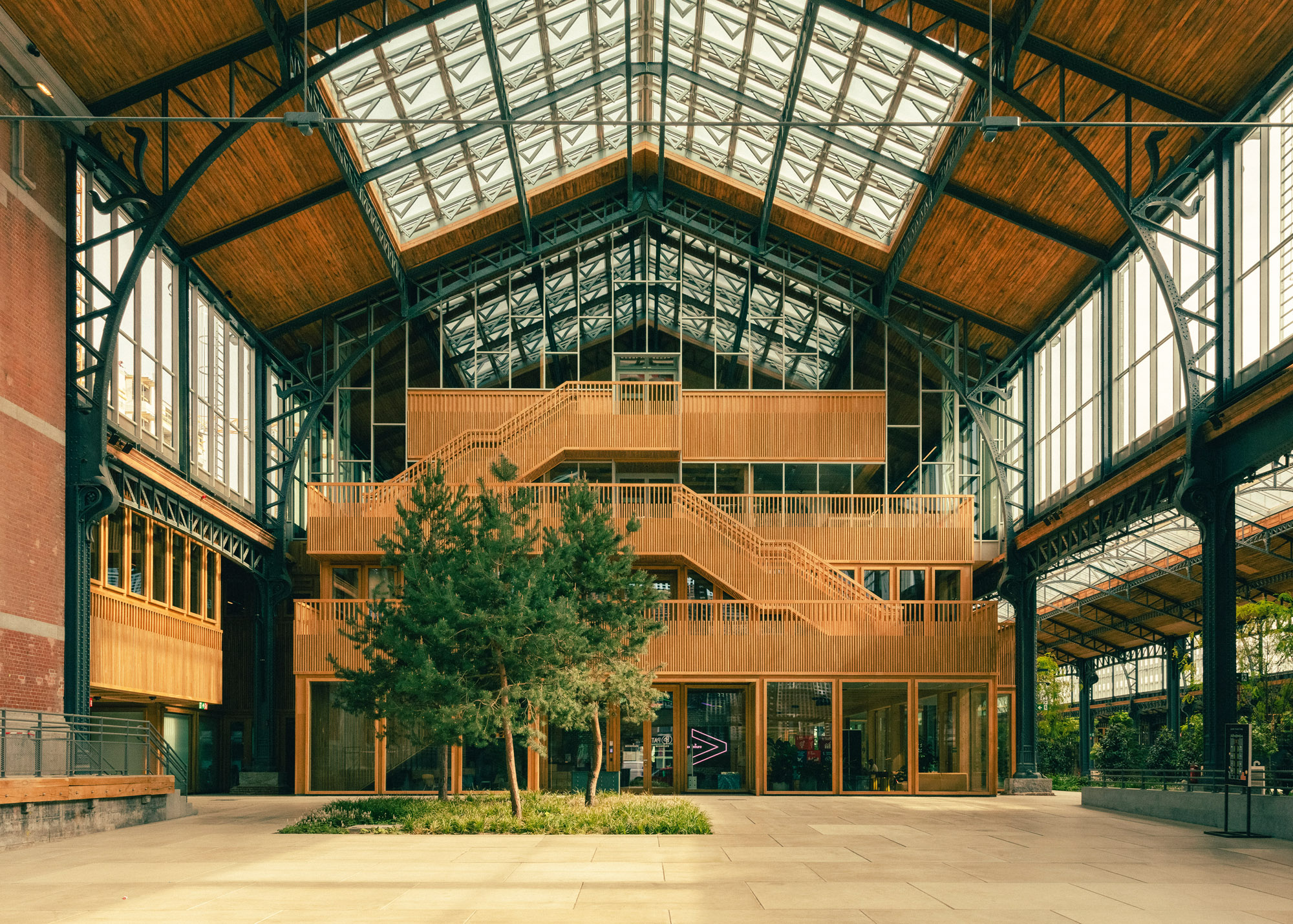 Tour & Taxis’ sustainable reimagining in Brussels
Tour & Taxis’ sustainable reimagining in BrusselsTour & Taxis, a former mail facility in Brussels, is reimagined as an eco-led, mixed-use quarter by Belgian developer Extensa and an array of leading architects
By Ewa Effiom
-
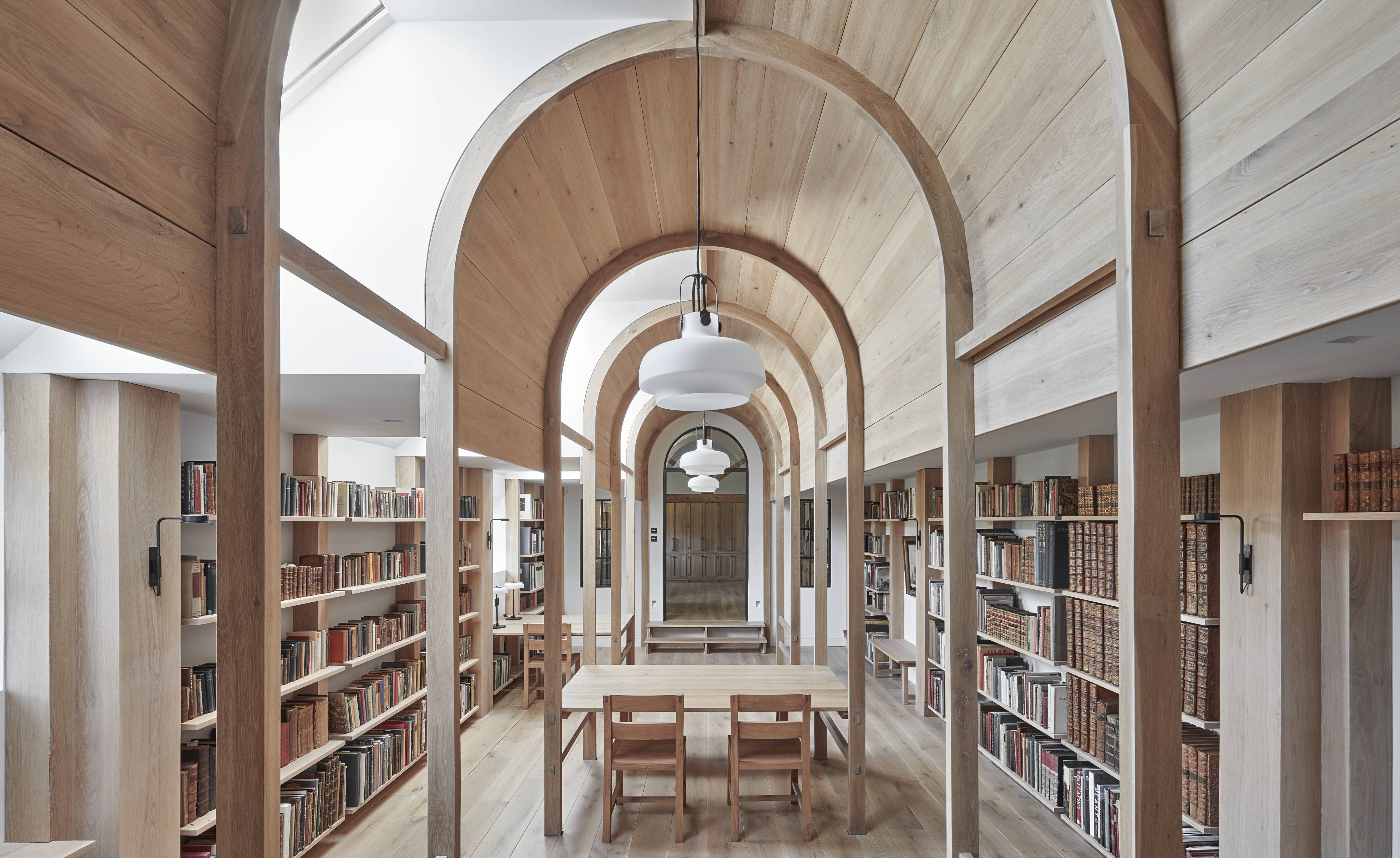 Aidan Crawshaw transforms cowshed into modern library
Aidan Crawshaw transforms cowshed into modern libraryA cowshed and farm storage building has been transformed into a modern library for a private book collection in Dorset, courtesy of Crawshaw Architects
By Jonathan Bell